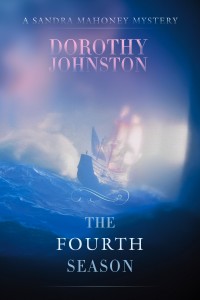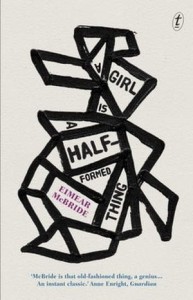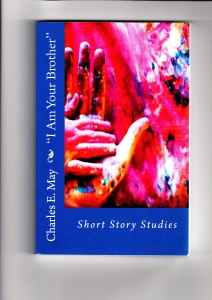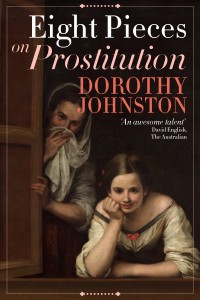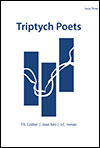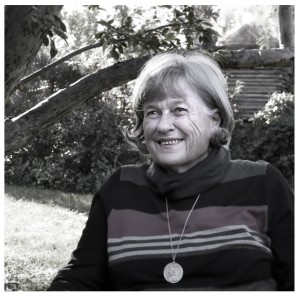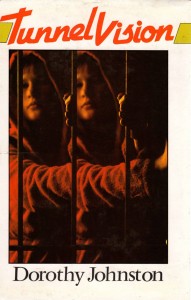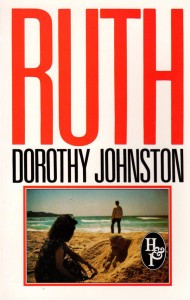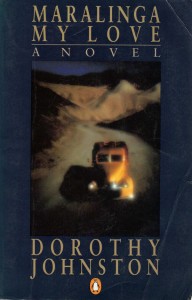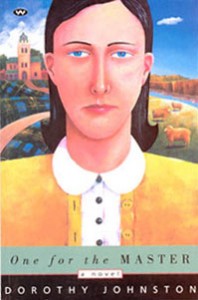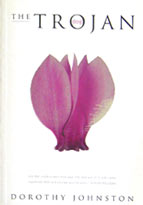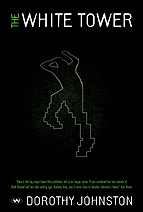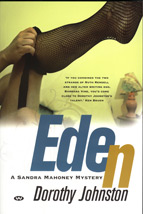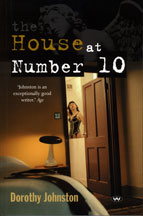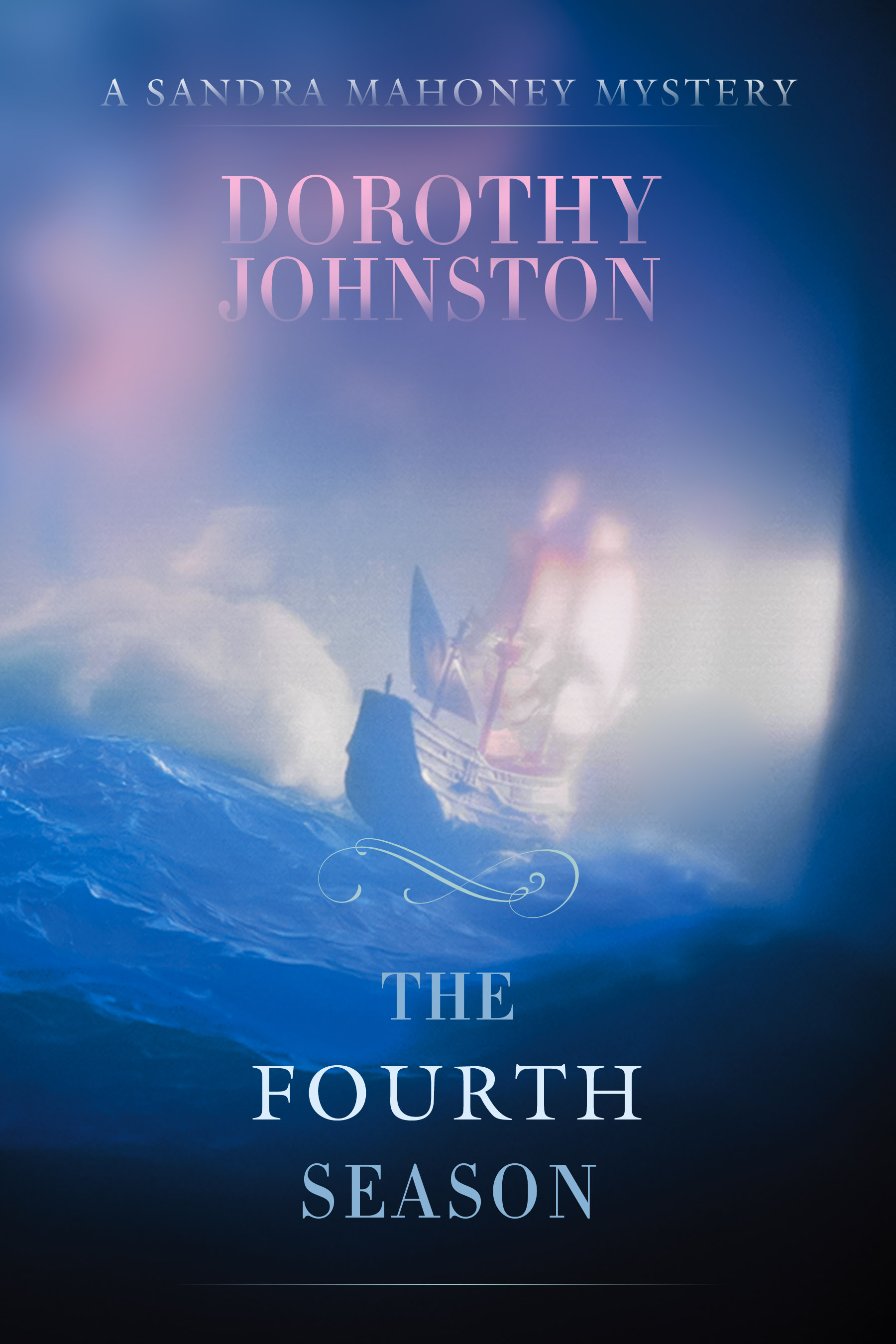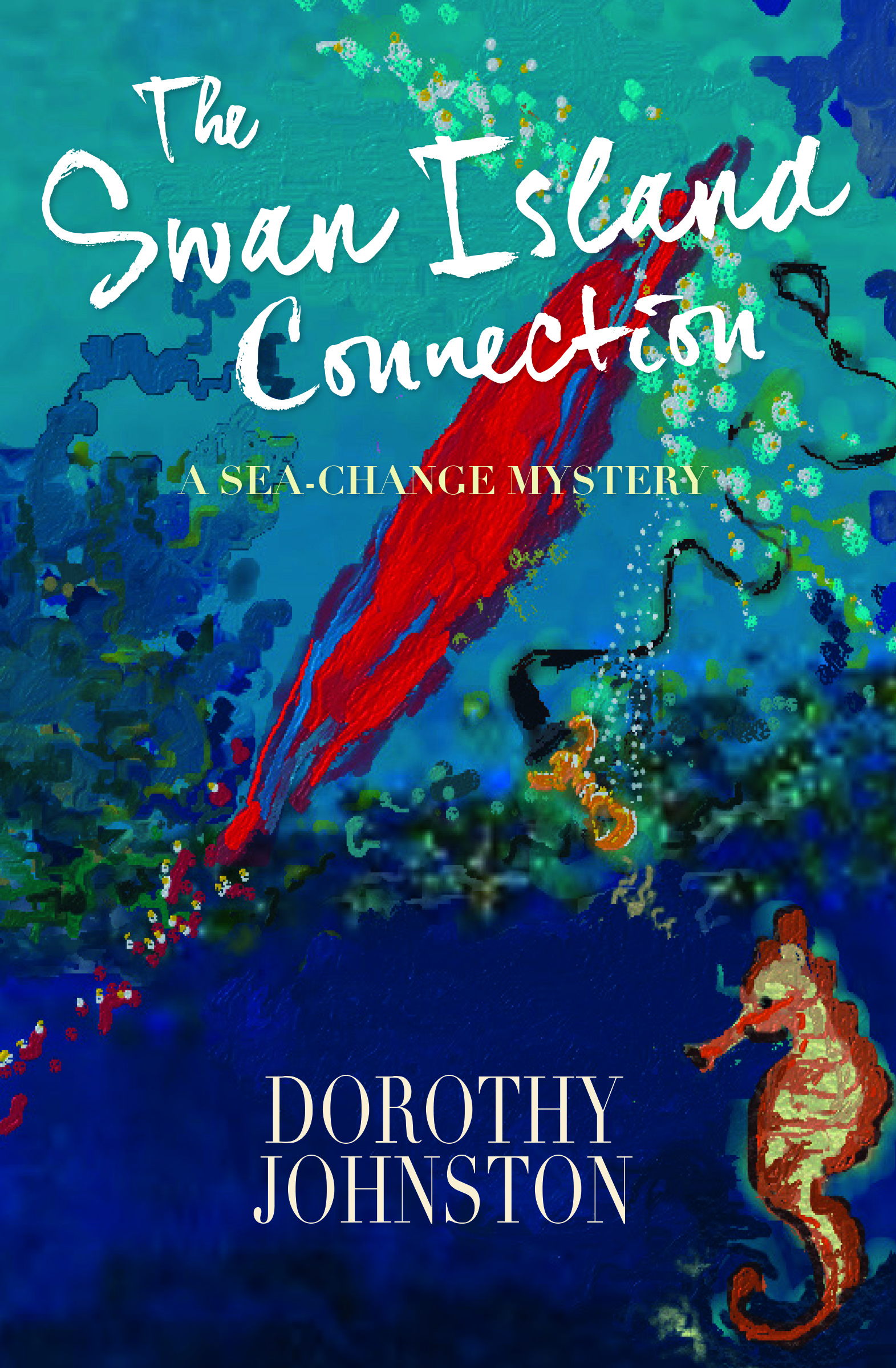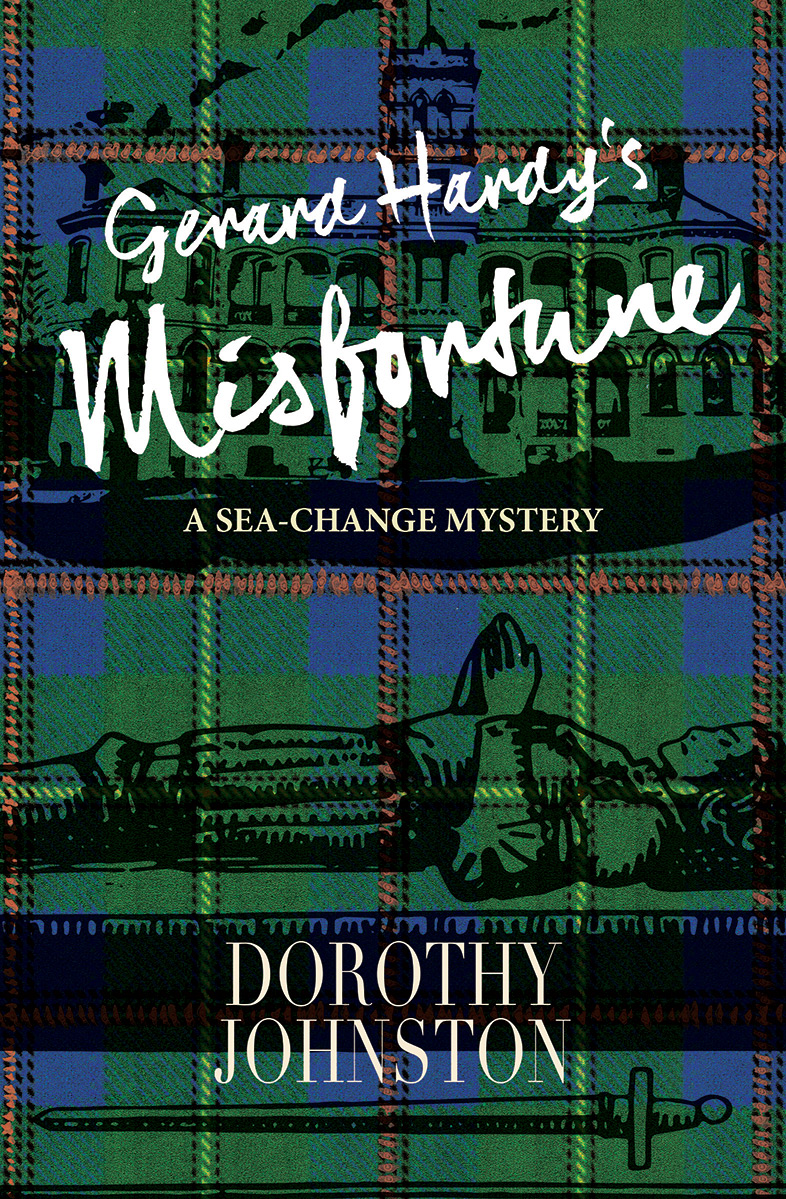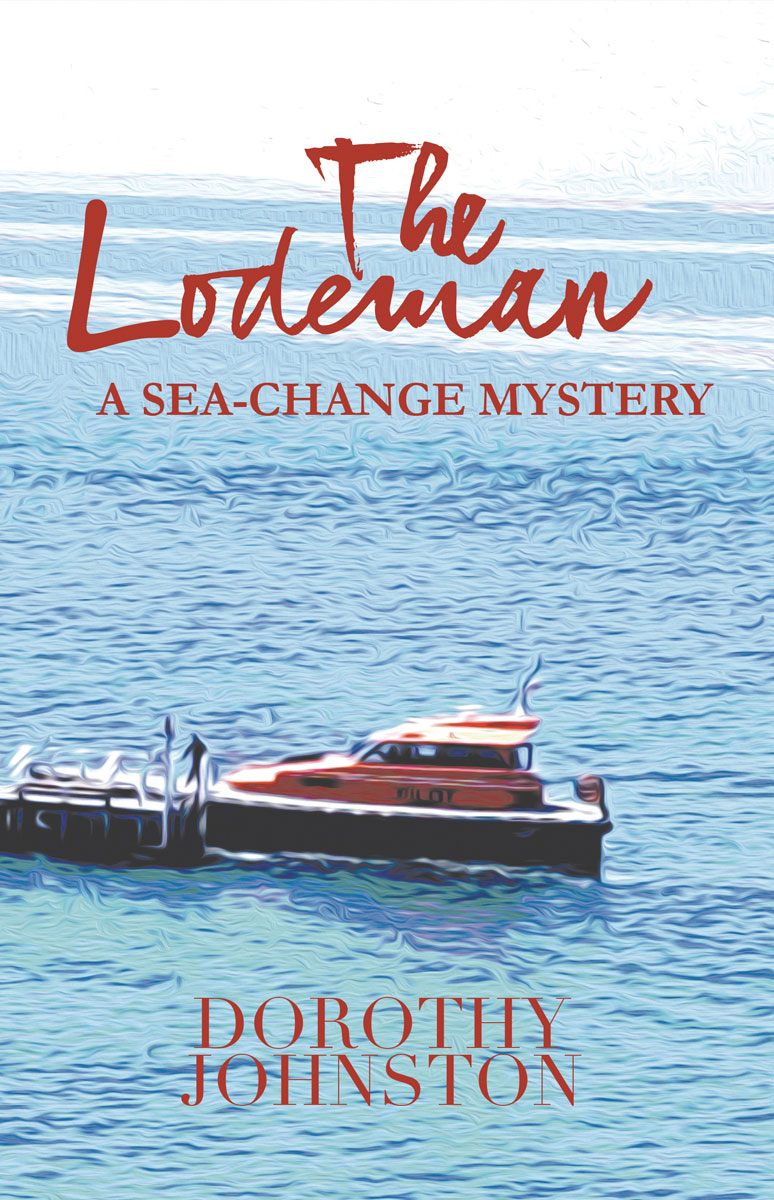Sandra Mahoney has gone digital – all four books at once!
They can be purchased from Wakefield Press. The price is $9.94 each, but there’s a special launch offer – 4 books for the price of 3! For the epub special offer, click here.
The Fourth Season, the last book in the quartet, is new, and ebooks of the first three have been published to co-incide with its release. It was always my intention to write four books, one for each season, and now I’ve achieved my aim.
Here’s a brief outline of The Fourth Season.
When the body of a young female environmental activist and science student, Laila Fanshaw, is found floating in Lake Burley Griffin, security consultant Sandra Mahoney’s life is turned upside down, not least because Sandra’s partner was in love with Laila. Ivan is a suspect and has no alibi for the time of death.
A further strain is put the relationship when another suspect, Don Fletcher, who worked in the Federal Environment Department, wants to hire Sandra to help him clear his name.
Against opposition from Ivan, Sandra says yes and takes on the assignment.
Laila was a complex person, good friends with a Greens senator, and committed to her cause, but also unscrupulous in her use of men, and an accomplished hacker. While Sandra is attempting to understand Laila’s character, and the events that led to her murder, there is another ‘death by water’. This time the body of professional diver, Ben Sanderson, is found in Sandra’s local swimming pool.
Sandra has to weigh up her desire to learn the truth against her children’s needs. Only six-year-old Katya is Ivan’s natural child; adolescent Peter has a different father. But both children are deeply affected by Laila’s death and Ivan’s reaction to it. Added to this, Sandra’s friend in the Federal Police, Detective Sergeant Brook, is absolutely against her involvement in the case.
Laila had a secret passion, and though this passion was connected to her love of the sea, nobody who knew her guessed what it was. In pursuit of this passion, she stumbled on a major criminal activity.
It takes all of Sandra’s ingenuity and courage to steer herself, and her family, through the dangers that lead to an eventual unmasking of the truth.
The first book in my quartet, The Trojan Dog, was joint winner, ACT Book of the Year 2001, and runner-up in the inaugural Davitt Award. The second, The White Tower, was nominated as the ACT representative for the 2012 Year of Reading. These two were published in Australia by Wakefield Press and in America by St Martins Press. The third, Eden, was published in Australia by Wakefield Press.
My review of A Girl is a Half-Formed Thing, Irish writer Eimear McBride’s first novel, was published in the Fairfax newspapers last Saturday. The jagged lines of the cover and the apparently haphazard way the blocks are put together echo Mcbride’s prose, which is extraordinary.
I’ve been critical of the current fashion for writing exclusively in the present tense, and have voiced my criticisms here and here.
As with all literary fashions, this one has, while growing in popularity over the past ten years, attracted its share of second-rate imitations. A Girl is a Half-Formed Thing is narrated in the present tense, in fragmentary sentences of the kind that have often stuck in my throat. Maybe this is an obvious point to make, but when a writer of true originality and talent comes along, they make references to fashions irrelevant.
I didn’t have the space to add any of the background to the novel’s publication in my 650 word review, so I thought I would do so now. After years of rejections by UK publishers because it was considered too difficult to sell, A Girl is a Half-Formed Thing was picked up by a tiny independent press. Familiar story? Sadly too familiar. McBride in the end was lucky, which is not to take away from her enormous talent. All her subsequent success is, in my view, wholly deserved.
McBride won the inaugral Goldsmith’s prize for the novel. Tim Parnell, head of English and comparative literature at Goldsmiths College and chair of the judges, said A Girl is a Half-formed Thing was a “boldly original and utterly compelling” novel. It was “just the kind of book the Goldsmiths prize was created to celebrate … Serious discussion of the art of fiction is too often confined to the pages of learned journals and we hope that the prize and the events surrounding it will stimulate a much wider debate about the novel.”
I’ve decided to use this blog post to expand my thoughts on the novella, and to add some new ones.
There’s been much talk of the novella being the perfect form for the digital age, both for reading and adaption to the screen.
‘Given that so much of the world suffers from a rapidly eroding attention span perhaps the novella is overdue for a new breath of life.’ (David Henley)
‘The form of the novella lends itself far more easily to (film) adaptation because of its focus on a single character, its concentration and shorter length. For the digital generation accustomed to the ninety-minute narrative, the novella fits neatly into the limits of the two-hour cinematic time frame.’ (John Dale)
I think many of the current claims made for and about the novella are dubious. In my view, people who enjoyed reading John Grisham on the train in print form will continue to do so on their tablets or ereaders; while those who enjoyed literary novels and short stories will continue reading those. The fact that you can’t finish a blockbuster on a single train journey will be neither here nor there. I’m not so sure about movie adaptions. We will have to wait and see.
But what I am sure about is that a good novella requires the same sustained concentration as the best short stories, and that this is a result both of their compression and their subtlety. Of course, not all of us are capable of sustained concentration on the train or tram, but that’s a separate point. There’s always the alternative of staring out the window, or studying one’s fellow passengers, heads bent over their tablets, or talking on their mobile phones.
I have just reviewed, for Kill Your Darlings, an excellent novella, Colm Toibin’s The Testament of Mary, shortlisted for the Man Booker prize. You can read my review here.
An earlier post on the novella, written when I reviewed Julienne van Loon’s Harmless, can be found here.
I wonder if it’s true that novella writers can’t get away so easily with sloppy construction and banal language as blockbuster writers can, that the tightness of the form somehow precludes this, or is simply not attractive to those who can’t help themselves from becoming long-winded. Alice Munro’s Nobel win may shed more light on fiction’s shorter forms, and there’s a great deal that those who wish to practise them can learn from her.
My short story collection, Eight Pieces On Prostitution is now nine!
You can purchase an extra story, at no extra cost, from Authors Unlimited.
The story is called ‘An Artist’s Story’ and it formed the nucleus of my novel The House At Number 10. Paul Ham accepted the story as a stand-alone and then told me he wasn’t going to publish any more fiction.
I wish I’d known in time to include it in my ebook collection, but here it is now.
This is the second of my promised blog posts featuring Australian poets – this time it’s Joan Kerr, who writes delectable prose as well as poetry – more of that below.
Joan’s poetry has been widely published in Australia, including two appearances in Best Australian Poems (Black Inc, 2004, 2006). Joan has been published in the US and the UK and has been featured on Radio National’s PoeticA. She has won numerous poetry prizes including the John Shaw Neilson Poetry Prize, the Henry Kendall Poetry Prize, the Woorilla Prize, the W.B. Yeats prize and the Dorothy Porter Poetry Award, and minor prizes in the Gwen Harwood, Max Harris, Val Vallis, Tom Collins, Rosemary Dobson and Melbourne Poets awards.Her collection Human Voices was shortlisted for a Varuna Publisher’s Award in 2012. A selection is included in Triptych Poets Issue 3 (Blemish Press 2012). She also has a poem in the recently published Australian Love Poems (Inkerman& Blunt)
that time of year thou mayst in me behold 
cloud light arches giving onto fields
and sometimes water, lying by the land
what are my walls what is sky water or earth
clouds the air’s shadow over the walls
like a gliding loss
the sound of my steps in vanishing corridors
under fog the water is so still
each boat stands on its own stiff shadow
and autumn burns the trees again
From: This vision thing (Melbourne Poets’ Union 2003)
Doctor
When the phone rings in the night to tell him someone’s died
not unexpectedly, and without giving trouble,
he thinks as he lies down of the hurt red setter
he had to shoot, what, forty years ago? His heart flinches again.
His house flowering quietly around him
in this contented suburb, he lies awake until
the trees step out of the shadows. Fifty.
He wonders what he did for the rest of that day
and why he’s never seen, these forty years,
those trees with the ripped and shaggy bark
and under it, the silky heifer skin. That sky
so clean and glittering
it makes you want to weep.
‘Doctor’ was broadcast on RN PoeticA 12/3/2000
The autobiography of Alice B. Toklas
You knew genius when you saw it, you said.
Perhaps your cultivated
insignificance created shadow
in which it shone more brightly. Gertrude Stein
was your own household genius, not so much loved
as taken on, as an oriental monk
takes on the burden of the gods, whose service
depends on order. Bells are rung
to rule, and certain kinds of sweeping must be done.
For monks, it goes without saying
the gods are not indifferent to menu,
or to trademarks, or to fashion
and all their foibles are a kind of glorious cheek.
Because they can, they do
and this works well, as long as the god is stone.
But you are bolder and more knowing than monks
and you want more. Because you know
that genius is not stone, because you understand
how genius needs accomplices.
How like a blubbering child your genius is
standing at the head of the stairs
uncombed, half-dressed and pleading for your kindness.
You whisk by towards the kitchen.
Some third person is picking up its pen.
From: Best Australian Poems 2006 (Black Inc)
Here are some thoughts about poetry that Joan would like to share:
A poem is “an experience, a story, a piece of music, a set of images…” (Steve Kowit, In the palm of your hand, p. 125)
“Poetry expresses the passage from not-knowing to knowing through which we represent the world, including the perspectives of others, to ourselves and those around us.” (Kowit, p.14)
“The substance of a poem is not merely an expression of individual impulses and experiences. Those become a matter of art only when they come to participate in something universal…” (Theodor Adorno, quoted in Susan Stewart, Poetry and the Fate of the Senses, p. 43)
Mary Kinzie (A Poet’s Guide to Poetry) advises both reader and writer of a poem to think about:
“Words: you are not just reading messages or extracting meanings or drafting editorials to put into lines: you are thinking in words. You are thinking so hard in the atmosphere created by words that they enter you like your breathing. This means, first, looking at words by themselves, with all their weight and subtlety; it helps to think about their length, complexity, and language of origin too.
Sentence versus line: along with the form and sound of words by themselves, you are concerned with their connection into sentences, in whole or in part; some of these parts fall neatly into lines, others work against the lines.” (Kinzie, p. 6)
With her sister Gabrielle Daly, Joan writes comic novels under the pen name Gert Loveday. Writing Is Easy, by Gert Loveday, has recently been released as an ebook and you can find it on Authors Unlimited. It’s a great read!
Gert writes with authority on peculiar diets, exercise regimes, body makeovers, extreme fashion, gurus, pigeons, religion, poetry, politics, the health bureaucracy, gourmet cooking, reality TV and literature from the Norse Sagas to Jeffrey Archer, with a sharp eye for character foibles and the pricking of pomposity. Writing is Easy was shortlisted for a Varuna Publisher Fellowship in 2011.
When I came across AS Byatt’s description of the modern sentence, it was with a sense of deep familiarity.
‘A good modern sentence proceeds evenly, loosely joined by commas, and its feel is hypothetical, approximate, unstructured, and always aiming at an impossible exactness which it knows it will not achieve.’ (A. S. Byatt, “True Stories and the Facts in Fiction”, in On Histories and Stories, Selected Essays, Harvard University Press 2001)
The sentences Byatt described were the kind that I wrote naturally, it seemed to me instinctively, that I felt at home in. And I immediately recognized the irony; for it is precisely the feeling of being ‘at home’ that is unsettled by such syntax, interrogated by it.
Nevertheless, it felt good. It seemed that, during the years I was teaching myself to write, finding my voice as a writer, I had tapped into a mode of contemporary English that was meaningful because it expressed doubt about meaning, because expressions of doubt and uncertainty were fundamental to it. I had found a sentence construction that belonged to my time and I had made it mine.
Some months ago, I had the opposite experience. I received a reader’s report on a fiction manuscript I had submitted, a report complaining about my sentence construction. The reader described my parenthetic sentences as ‘like listening to a radio that isn’t correctly tuned to the station.’ I didn’t understand the criticism, and puzzled over it. I tried to initiate a dialogue with the reader, but this proved useless.
I finally concluded that, not only did this particular reader have no interest in what was happening inside my sentences, but she had no sympathy for the modern traditions I was writing out of; indeed, to her, they weren’t modern. They were, if she bothered to consider them at all, a thing of the past.
This experience has led me to look differently at writing trends, and to think back over the novels I have reviewed over the last fifteen years.
Many of the books I receive for review are written in the present tense. The present has become the norm, and normative. Sentences which are constructed out of it are shorter and, for the most part, direct; the visual image I have is of sentences all facing the same way.
Partial, verbless sentences are common, or ones in which the present participle is expected to do the work of a whole verb. The idea, I believe, is that this way of writing brings the reader right up close to the characters and the subject matter. The word ‘immediacy’ is often used on back cover blurbs. But I have never, either within an individual review, or in the discussion that goes on around them, found anybody making a case as to why immediacy, conceived in this way, matters. The beneficial effects are taken for granted.
I would love to find a discussion somewhere about what might become lost as this fashionable style spreads. Ambiguity has its dangers; I’m well aware of that. But I wish someone would explain to me why getting rid of ambiguity is better, or convince me that prose that strikes my ear as glib and shallow has more to offer than I give it credit for.
The present tense is supposed to bring readers right up close to the action, to make them feel that they are part of actions that are happening right now. These are illusionist’s tricks. You might argue that all writing makes use of illusion, and it does. But what troubles me is that the ubiquitous present, unrelieved by any other tense, unrelieved by even the pretence of narrative distance, makes it all too easy for the narrative voice to celebrate superficial reactions and emotions and to look no further.
Another way of putting it, is that the novels read like a rehearsal for the books they might be, if only their authors would reflect more deeply, and make sure their readers were given the space and the time to reflect as well.
You can read an essay I wrote for Spectrum on the present tense here.
Last May, ABC radio national’s program, Poetica, focussed on the villanelle.
The villanelle is a very old poetic form, medieval in fact, but it has become popular with contemporary poets in Australia.
In this blog post – the first of several I plan to write about poetry, which I love reading, but don’t write myself – I am focussing on the Australian poet Suzanne Edgar, who has this to say about the villanelle.
“The villanelle is an old Italian lyric form that was originally sung; it needs a consistent metrical musicality. There are rules about its rhyme scheme, the refrain lines and their position in the poem. The refrain needs to be strong enough to carry the emotional load of its repetition. My villanelle ‘After Drought’ was written in a joyful mood, during a downpour of summer rain. It was included in Mike Ladd’s `Poetica’ program.”
AFTER DROUGHT
How sweet it is, the sound of falling rain
after years of unrelenting dry,
I thought I’d never hear the sound again.
The falling plays a favourite refrain
as soft as stroking, quiet as a sigh.
How sweet it is, the sound of falling rain
that soaks the bark and leaves a greenish stain
as if it had been coloured with a dye.
I thought I’d never hear the sound again.
Deep ruts are overflowing in our lane
and clouds are spreading froth across the sky.
How sweet it is, the sound of falling rain ‑
new droplets form on wall and window-pane
making shapes that glitter, blend and die.
I thought I’d never hear the sound again
of steady raindrops humming in my brain
their plaintive rhyme; for no one will deny
how sweet it is, the sound of falling rain.
I thought I’d never hear the sound again.
‘After Drought’ was first published in Quadrant (June 2008). It inspired a piece of textile art, exhibited by Lynne Taylor at Fairfield City Museum & Stein Gallery, N.S.W., in May 2009. Ian MacDougall composed music for it which he’s sung (with viola, violin and guitar backing) and recorded on a CD. This is in the School of Music library, A.N.U. The CD was played on `Macca All Over` (ABC RN) on 3 March 2013.
The more sombre `Resolution’, in Edgar’s collection The Love Procession (Ginninderra Press, 2012), involves a domestic argument that goes around and around in circles. “It should not be read as strictly autobiographical though,” says Edgar. “Matthew Arnold’s words are always on my mind: `The despotism of fact is unpalatable to the Irish.’ ”
RESOLUTION
We’d argued through a long and foolish fight.
Though there was nothing useful left to say
it simmered in the evening’s muted light.
He’s always bloody sure he must be right,
the sort of man who’s bound to get his way –
we’d argued through a long and foolish fight.
I shoved our tell-tale budget out of sight
to read again some later, peaceful, day.
It simmered in the evening’s muted light.
He swore he had suspected I was tight,
repeated it was high time I should pay.
We’d argued through a long and foolish fight.
I took the bills and set each one alight
till they, and I, became an ashy grey
that simmered in the evening’s muted light.
Because I couldn’t face a sleepless night
I sold some shares and paid up straightaway.
We’d argued through a long and foolish fight
that ended in the evening’s muted light.
Edgar comments that “Stephen Fry’s The Ode Less Travelled (Arrow Books 2007) provides witty advice about the villanelle as a vehicle for ‘rueful, ironic reiteration of pain or fatalism’. I recently finished the rather mournful ‘Lament’; it has the refrain,
‘Thinking, tonight, of all the books we’ve read,
I know we’ll miss ourselves when we are dead’.
Wendy Cope, however, has written some amusing examples, see ‘A Villanelle for Hugo Williams’, in her Family Values (Faber 2011). This poem displays the form’s rules in the guise of advice to another writer who’d got them wrong!
Other old French forms I’ve used are the rondel, ‘River and Rock’, and the triolet, ‘Malunggang’, both in The Love Procession. Once the formal pattern for such poems is in place I will overlay it with naturalistic or colloquial diction and tone, to avoid any effect of rigidity. This approach was also used in the petrarchan sonnet ‘Corteo d’amore’ which begins that book.
Poetry arises from watchfulness and alert waiting. There remains the exciting, rejuvenating work of refining. I would hate to be labelled a formalist, a modernist, or any other `ist’. It would be restrictive, whereas I feel free to write in any way I like. I agree with Camus: ‘Poetry that is clear has readers. Poetry that’s obscure has commentators’. I mistrust the current vogue, particularly among academics and their imitators, for writing poems in which meaning is cerebral, convoluted and difficult. They write only for the page, have turned poetry into words.”

